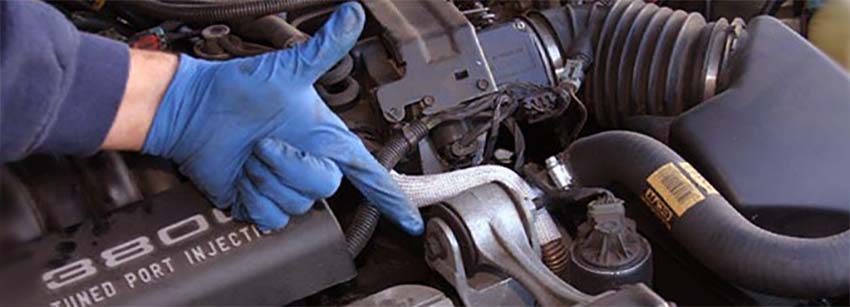A motor mount, also known as an engine mount, is a device that attaches your engine to the frame of your vehicle. It helps keep the engine in place and helps provide stability and support for the entire chassis. The motor mounts are typically made of metal or rubber, although some may be composed of both materials. Motor mounts help reduce vibrations in the engine while driving and allow for more accurate shifting when accelerating and decelerating.
Types of Motor Mounts
There are several different types of motor mounts available on the market today, including liquid-filled, solid-core, hydraulic, rigid core and semi-rigid core mounts. Liquid filled mounts are often used on larger engines such as V8s or diesel engines where vibration dampening is needed most due to increased torque. Solid-core mounts offer greater stability than liquid-filled types but do not provide quite as much dampening capability when it comes to vibration control while driving. Hydraulic motor mounts provide a smooth ride by using hydraulic fluid between two connected plates which minimizes vibrations from the transmission when shifting gears or accelerating & decelerating quickly. Rigid core motor mounts are typically used in high performance cars where stability is needed most and semi-rigid core mounts are a combination of the two.

What Are the Benefits of Motor Mounts?
Motor mounts help to reduce the amount of vibration and noise generated by your engine when you’re driving, allowing for smoother shifting and improved acceleration and deceleration. They also help minimize engine movement, providing greater stability when cornering or taking sharp turns at higher speeds. This helps preserve your car’s suspension system and tires, as they won’t be subject to large amounts of force from an unsteady engine while you’re driving. However, like any part, motor mounts can wear out over time. Recognizing bad motor mount symptoms is essential to ensure that the benefits they offer are not compromised.
How Many Motor Mounts Does a Car Have?
The number of motor mounts in a car depends on its make, model, year and type of engine. Generally speaking, most cars have three motor mounts; one connected to the transmission case at the front, one connected to the intake or exhaust manifold at the back, and one connecting the engine block directly to the frame or chassis of your car on either side near each wheel well (depending on your vehicle). However some cars may have more than three motor mounts if they are equipped with additional components such as air conditioning compressors that need additional stabilization.
Conclusion
Motor mounts are an important part of any car’s engine and should be inspected regularly to ensure they’re functioning properly. Knowing how many motor mounts are in a car will help you keep them in good condition, allowing you to enjoy a safe and smooth ride.



